The 2020 Mac operating system was called macOS Big Sur. In this release, the version numbering went to 11 to signify a major transition year for the Mac and Apple.
The naming for Mac operating systems had used macOS 10 or Mac OS X since 2001. By moving the version number forward, Apple wanted to signify the importance of the Apple Silicon transition and the design revisions that will come to future Macs running the custom processors.
For the last decade, Apple has gradually revised its Mac operating system to take on more iOS features and UI elements. With macOS Big Sur, the software looks more than ever like Apple's mobile OS, including icons, Apple apps that use the same codebase as their iOS counterparts, and other iOS-like UI elements. It also adds the ability to run iPhone and iPad apps natively.
The update that replaced macOS 11 in 2021 is macOS Monterey. In 2022, Apple released macOS Ventura.
macOS Big Sur Features
The first and most apparent change in macOS Big Sur is the design. Apple added more curvature in window edges, app icons mimic their iOS counterparts, and widgets use new iOS 14 designs.
Other changes include disappearing menu items and buttons that fade into view only when needed. Redesigns for colorful icons and interactions are on all significant Apple apps, including the iWork apps. The dock got a facelift as well, with uniform icons.
Safari
Safari gets some updates with every macOS release, but the latest version changes some fundamental interactions and design elements. Apple also claims this version of Safari is faster and more secure than ever.
Apple said this is the "biggest update to Safari since its original launch in 2003." New customization options allow users to add a custom wallpaper to the Safari start screen. Reading lists and iCloud tabs also now occupy the open space on this screen.
Safari handles tabs differently in the new version of macOS, with the goal of making Safari navigation faster and more powerful. The browser now shows more tabs onscreen and displays website favicons by default to make it easier to identify tabs. Users will also see a pop-up preview of an open tab by hovering over the tab.
Apple also advertises performance improvements in Big Sur's Safari. The company ran tests showing that the average loading times of frequently visited sites were 50% faster than Chrome's.
It's also more efficient, supporting up to 1.5 hours more time streaming videos compared to Chrome and Firefox. It also adds an extra hour of web browsing compared to the same two rival browsers.
Built-in translation tools are now in Safari, which will detect and translate languages with just a click. Apple has also expanded the available Safari Extensions in the Mac App Store, with two new categories for editorials and top charts. These changes arrive alongside iOS 14's new Translate app, which doesn't have a standalone macOS counterpart.
Other minor updates include background password monitoring in data breaches and the ability to control where an extension will work per webpage.
Messages
Messages on the Mac is now a Mac Catalyst app, meaning it's a modified version of Messages for iPad. Many iOS 14 Messages features work on macOS Big Sur as well.
In Big Sur, you can pin favorite chats to the top of the conversations list. Appearing as large and round icons, they will always stay at the top for easy access unless you manually remove or replace them. Messages lets you pin a maximum of three chats.
Inline replies are also coming to Messages in Big Sur. When you long-click or right-click on a chat bubble, you can choose "reply" to compose a new message replying to a previous message in the same conversation. A small box next to your reply will reference the original message. Inline replies work in both one-on-one and group chats.
Group chats will also add mentions. To mention someone from a chat, type the name of that person in the group conversation, and it will highlight. Click their highlighted name, and you'll see a bubble with their name pop up. When you click the bubble, it will notify that chat member when you send your message – even if they have muted the conversation.
You can also set a group-chat image that all group members will see. Group photos support photos, emoji, and Apple's custom Memoji.
While third-party iMessage apps aren't supported, Big Sur brings some of Apple's iMessage apps to macOS Messages. That includes Photos for easy image and video attachments, Memoji stickers for avatar-based emoji stickers, and #images for inserting GIFs and images from a large library of presets.
iMessage chats in Big Sur also allow you to use message effects, including slam, confetti, invisible ink, lasers, and all the other effects from iOS.
Apple Maps
Apple Maps app also has significant updates in Big Sur. Like Messages, it's now a Catalyst app, supporting iOS-based features.
That includes Look Around, Apple's answer to Google Street View. It also includes cycling navigation to help navigate while on a bike in big cities.
Apple Maps for Mac also adds Curated Guides, which are recommendations from "trusted brands" on things to do or places to visit nearby. You can also create Guides to share with friends and family.
Big Sur Maps also includes indoor maps of airports and shopping centers.
Control Center
Control Center has also made its way to Mac, where users will find system-control toggles for brightness, audio volume, Wi-Fi, Bluetooth, AirDrop, and Do Not Disturb. It also has shortcuts for keyboard brightness and screen mirroring that pop up in separate windows. Music controls and a Dark Mode toggle round out the feature list.
You can find the new control center in the menu bar on the top right of the display.
Notification Center
Although Notification Center isn't a new macOS feature, it got a new look and organization in the latest update.
In macOS Big Sur, Notification Center now includes notifications and widgets in a single view. Previously, they had existed in separate panels.
It also now groups notifications together by app, making it easier to view and dismiss multiple alerts from the same application. Many apps also have actionable options straight from Notification Center.
The update also allows you to add widgets in three different sizes, mirroring the iOS 14 widgets.
Moving from Intel to Apple Silicon using macOS Big Sur
Apple's transition to an ARM Mac was one of the company's worst-kept secrets. Apple discussed the transition plans during the WWDC 2020 keynote, saying that all the tools for the transition were included in macOS 11. Transition is the biggest theme of macOS 11 Big Sur. It delivers a common user interface design language that's like iOS, emphasizing Mac Catalyst and the move to Apple Silicon.
Apple Silicon History
Apple Silicon started with the iPhone. Apple began making its own custom chips in the first-generation model in 2007, after Intel turned down Apple's offer to power the first handset. The silicon company had said it didn't believe Apple would sell enough iPhones to make it worth the investment.
Apple's chips later moved to iPad, Apple Watch, Apple TV, and HomePod. Starting with the M1 chip, Apple's chips on Mac now provide developers with a scalable architecture with unparalleled performance-per-watt. In addition to allowing developers to create more powerful pro apps and games, the move also brings Apple's Neural Engine to macOS, opening the door to apps that integrate the M1's built-in machine-learning capabilities.
Adapting Apps for Apple Silicon
Using the provided Developer Transition Kit, developers began optimizing their apps for custom Apple Silicon chipsets soon after WWDC 2020. The development kit was a Mac mini running the A12Z Bionic chipset that's also found in the iPad Pro.
Developers can make their iOS and iPadOS apps available on macOS with little or no modifications. By selecting the "Mac" checkbox in Xcode 12, developers will instantly have a Mac-ready version of existing iPad apps. The macOS version will run natively, using the same runtime environment, frameworks, and resources as Mac-first apps. Catalyst automatically adds Mac desktop and windowing features, and it adapts touch controls to keyboard and cursor.
From that point, developers can optionally modify the app better to fit the cursor-friendly and non-touch nature of macOS. With the new tools built into macOS Big Sur and Xcode 12, Apple estimates that most developers can get their apps optimized fully in a matter of days.
macOS Big Sur Version History
11.7
Apple continues to release updates for macOS Big Sur in 2022, with 11.7.3 focusing on bug fixes and security updates.
11.5 and 11.6
Updates were made to address known security issues and other bugs.
11.4
Version 11.4 introduced podcast subscriptions to the Apple Podcast app. Other bug fixes and improvements were also made.
11.3
macOS version 11.3 included compatibility for AirTag, improved iPhone and iPad app controls on Macs with Apple Silicon, and multiple other feature tweaks and app improvements.
11.2
macOS Big Sur 11.2 improved Bluetooth reliability and fixed the following issues:
- External displays may show a black screen when connected to a Mac mini (M1, 2020) using an HDMI to DVI converter
- Edits to Apple ProRAW photos in the Photos app may not save
- iCloud Drive could turn off after disabling the iCloud Drive Desktop & Documents Folders option
- System Preferences may not unlock when entering your administrator password
- Globe key may not display the Emoji & Symbols pane when pressed
11.1
macOS Big Sur 11.1 introduced support for AirPods Max, TV app enhancements, Apple News widgets, and privacy information on the App Store.
AirPods Max
- Support for AirPods Max
- High-fidelity audio for rich sound
- Adaptive EQ adapts sound in real-time to the personal fit of ear cushions
- Active Noise Cancellation to block out environmental noise
- Transparency mode to hear the environment around you
Apple News
- Apple News widgets are now available in Notification Center
App Store
- New privacy information section on App Store pages that includes a developer-reported summary of the app's privacy practices
- In-game dashboard within Arcade games recommends new Arcade games to play
- iPhone and iPad apps on Macs with M1
- New window options for iPhone and iPad apps let you switch between landscape and portrait orientations or expand a window to fill the entire screen
Photos
- Apple ProRAW photos can be edited in the Photos app Safari
- Ecosia search engine option in Safari
Air Quality
- Available in Maps and Siri for locations in China mainland Health recommendations are provided in Siri for the United States, United Kingdom, Germany, India, and Mexico at certain air-quality levels
- Data in Maps and Siri reflects updated national scales for Germany and Mexico
Other issues fixed in this update:
- QuickTime Player might quit when opening a movie with a timecode track after upgrading from macOS Catalina
- Bluetooth connection status was not displayed in Control Center
- Reliability of unlocking your Mac automatically with Apple Watch
- Trackpad scrolling speed may be faster than expected on MacBook Pro models
- LG UltraFine 5K Display may incorrectly display at 4K resolution on Macs with M1
macOS Big Sur Release Date
The initial version of macOS Big Sur was released to the public on November 12, 2020. It is now available to download. Be sure to back up any essential data before performing the update.
Apple announced the first Macs with Apple Silicon during its "One More Thing" event in November 2020. The M1 processor enables more efficient and powerful computing for the new 13-inch MacBook Pro, MacBook Air, and Mac mini.
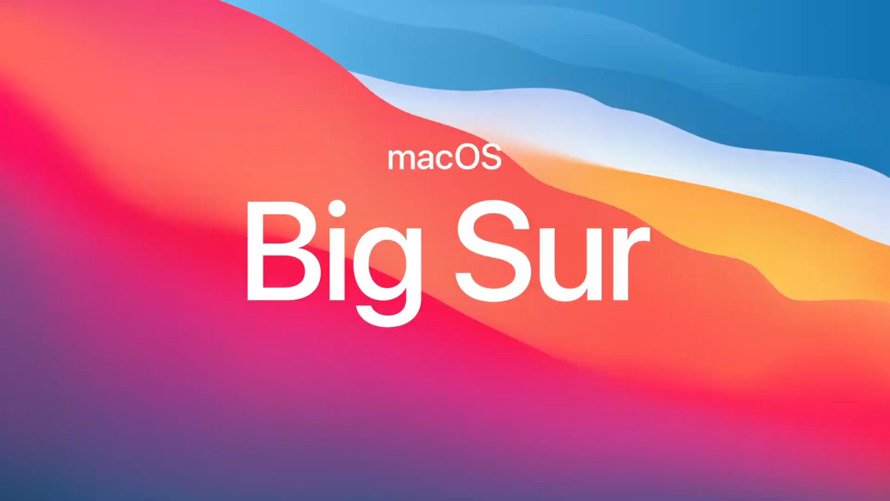


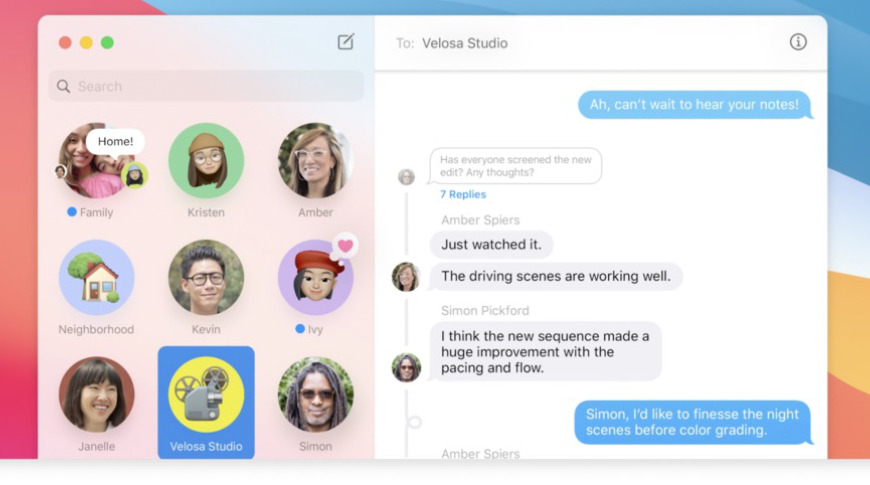
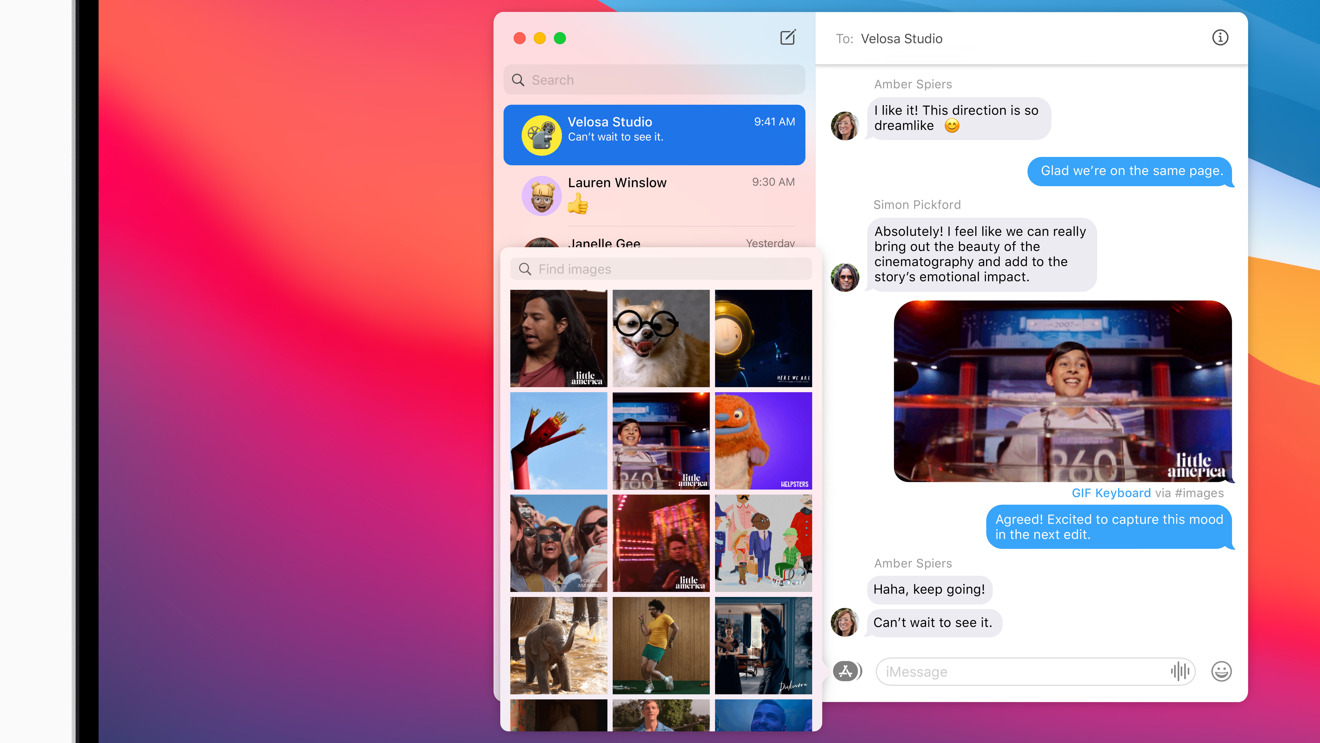
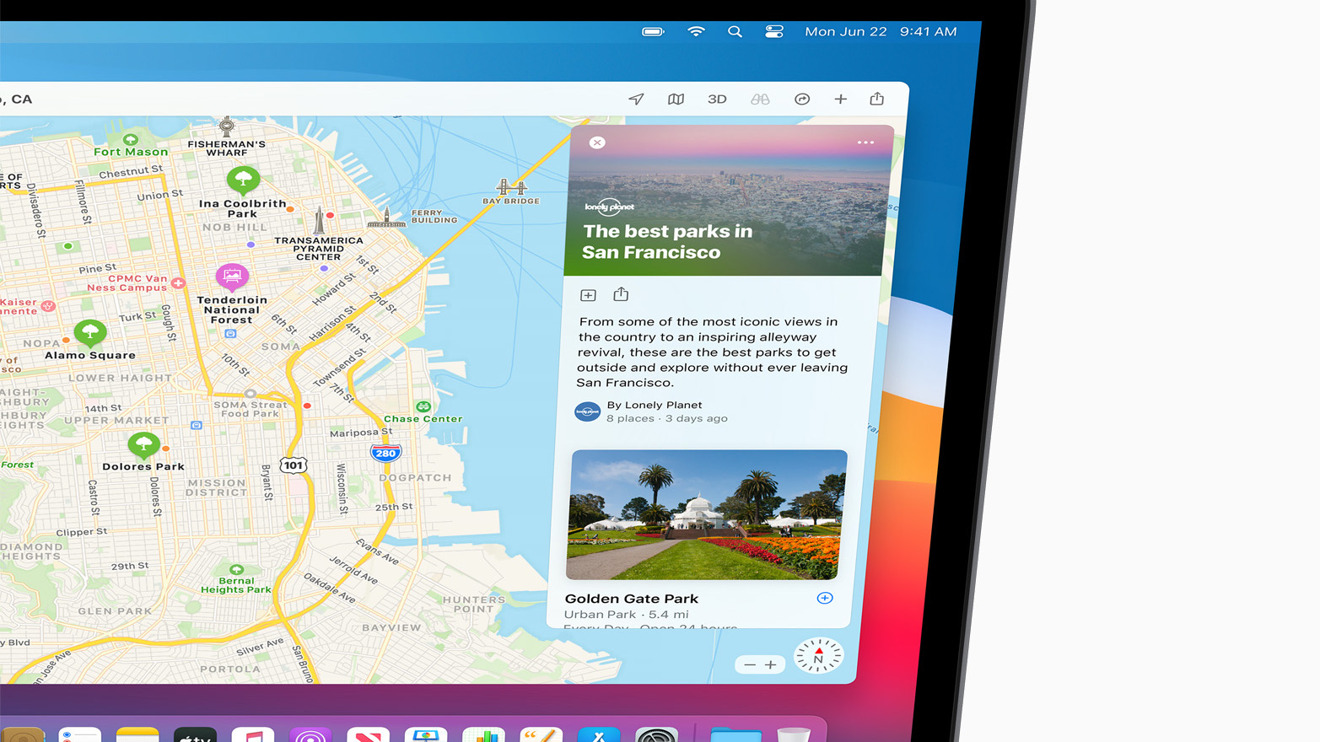
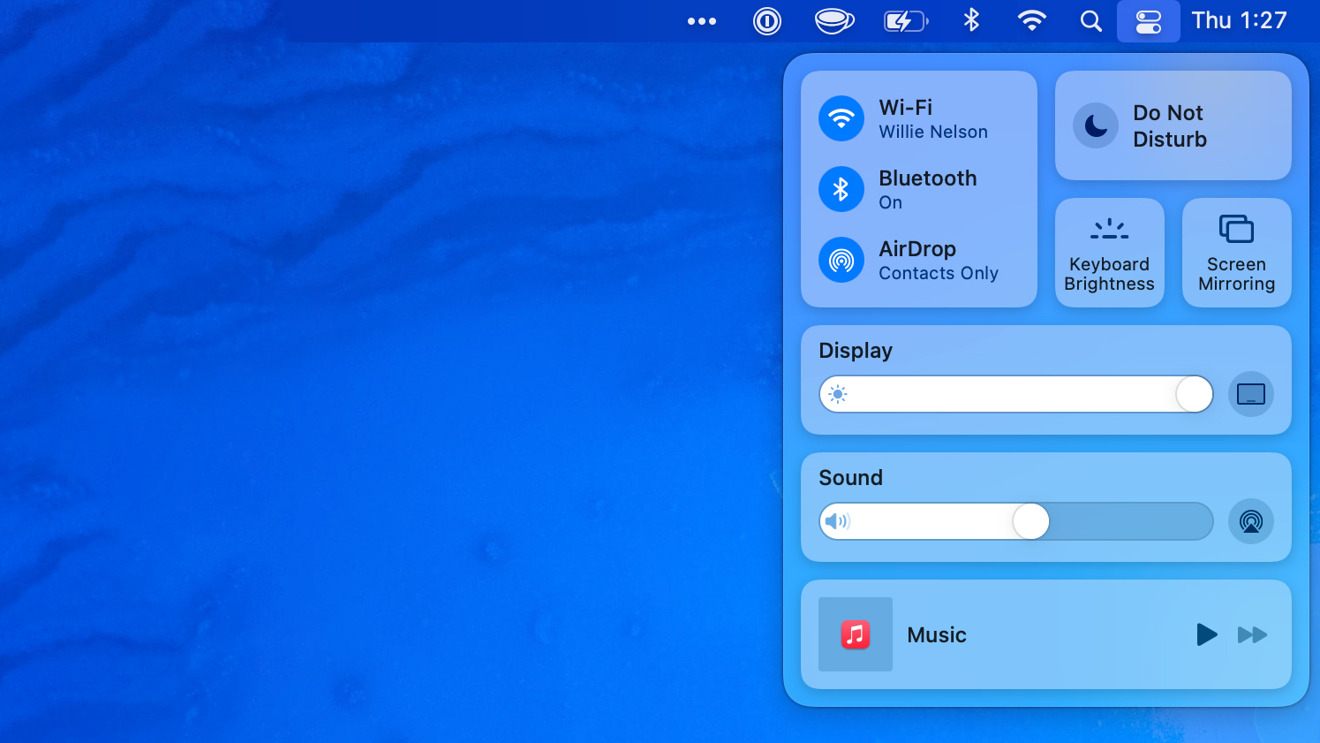
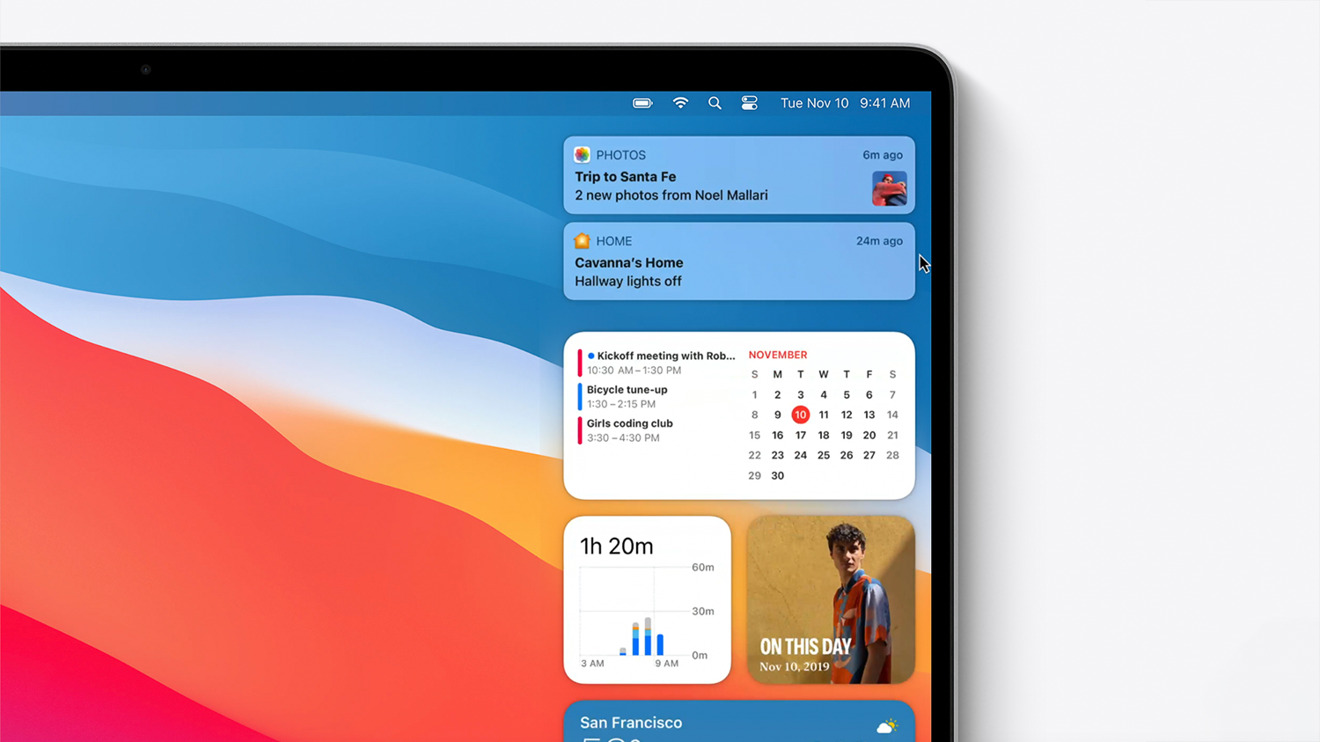
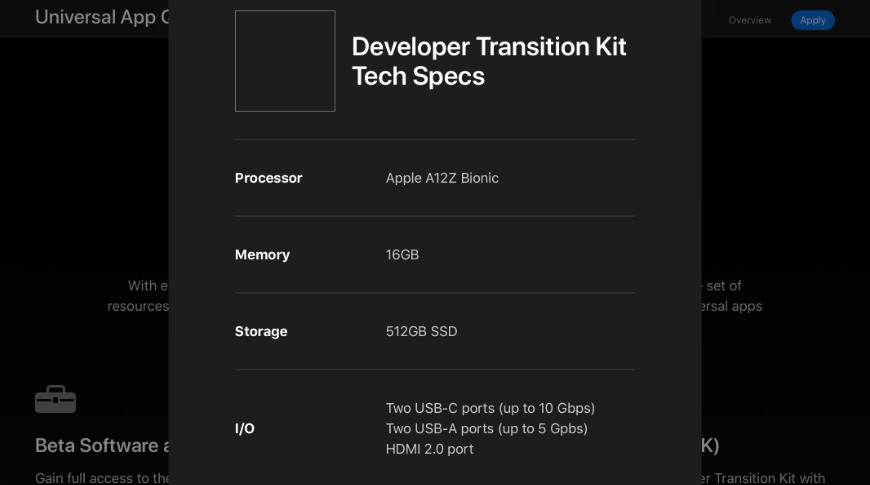
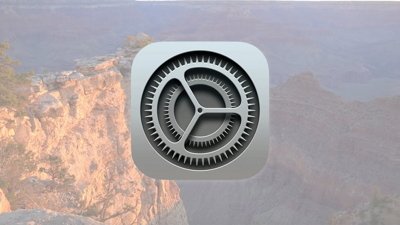
 Chip Loder
Chip Loder
 Malcolm Owen
Malcolm Owen
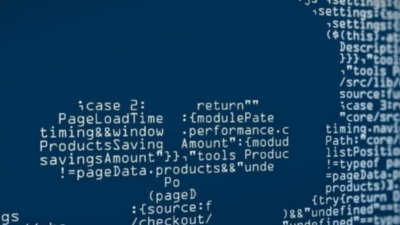

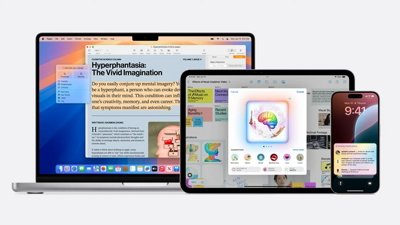
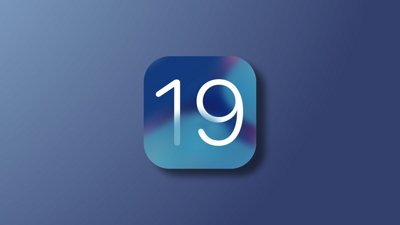

 Mike Wuerthele
Mike Wuerthele
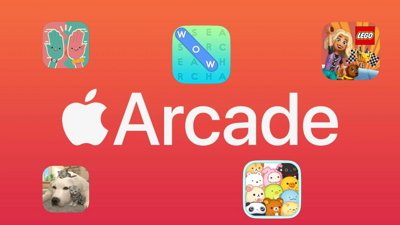
 Amber Neely
Amber Neely